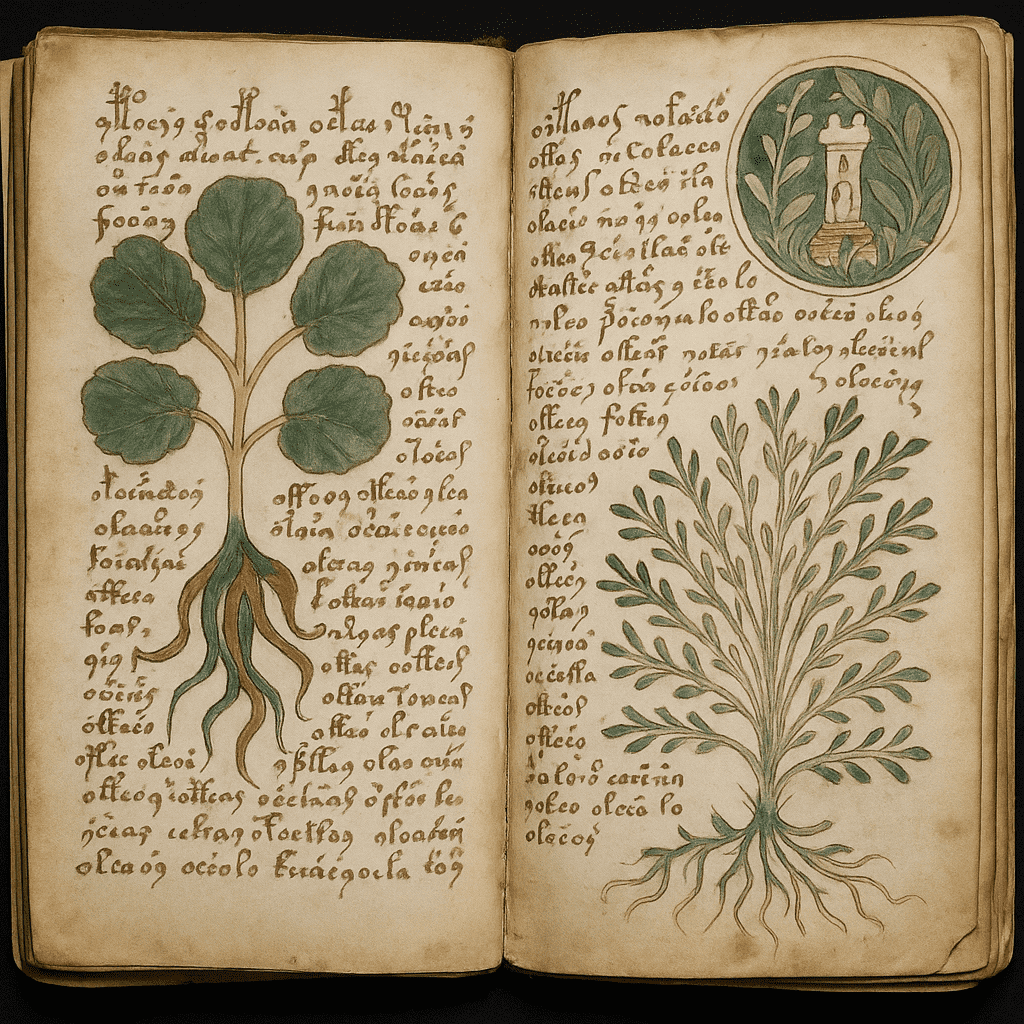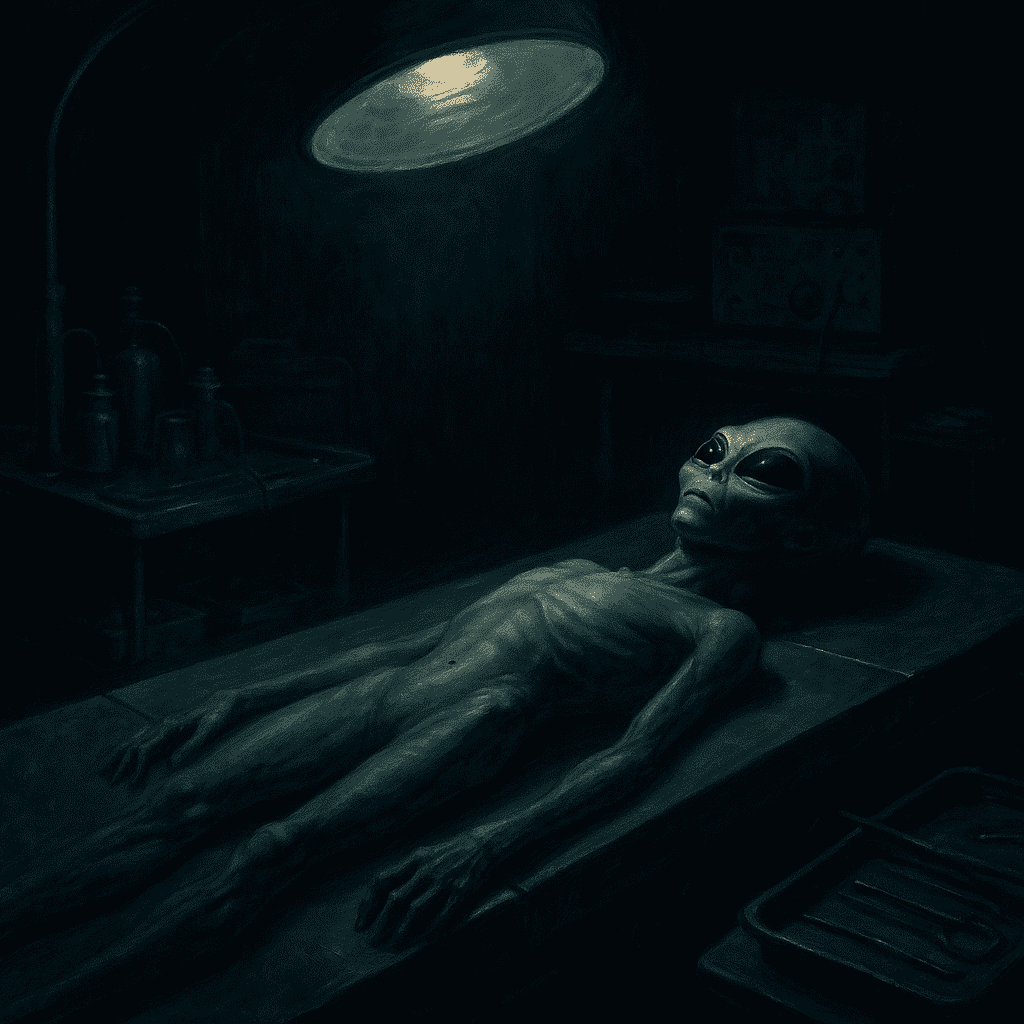
The Mystery of the Voynich Manuscript – An Unsolved Enigma of the Renaissance

Deep within the archives of Yale University's Beinecke Rare Book & Manuscript Library lies one of the most baffling texts in human history: the Voynich Manuscript. Filled with strange botanical drawings, astronomical charts, and flowing lines of unknown script, the book has resisted every attempt at decipherment for over 500 years.
Its pages invite curiosity—and frustration—in equal measure. Is it a coded scientific treatise? An elaborate hoax? Or a fragment of an unknown language now lost to time?
A Mysterious Beginning
The manuscript's origins remain uncertain. Carbon dating places the vellum between 1404 and 1438, placing it in the late Middle Ages or early Renaissance. Yet the author, purpose, and intended audience are unknown.
The first confirmed mention appears in 1912, when Polish book dealer Wilfrid Voynich purchased it from a Jesuit college in Italy. Voynich quickly realized he had stumbled upon something extraordinary—and maddening.
An Unreadable Script
Every page is filled with a looping, elegant handwriting unlike any known language or cipher. The "Voynichese" script features unique letter forms and an unknown alphabet. Linguists and cryptographers have attempted to break its code for over a century—without success.
Even experts from British and American intelligence agencies, who cracked enemy codes in both World Wars, failed to decipher it. Some suggest it's an early example of constructed language; others suspect it's meaningless gibberish.
Strange Illustrations
The manuscript is divided into distinct sections, each containing bizarre yet thematically grouped illustrations:
-
Botanical – Drawings of plants, many unrecognizable, some seemingly composite species.
-
Astronomical – Zodiac charts, star diagrams, and planetary cycles.
-
Biological – Depictions of nude women bathing in interconnected pools, sometimes linked by tube-like structures.
-
Pharmaceutical – Vials, jars, and herbs arranged like an apothecary's inventory.
-
Recipes – Short paragraphs marked with star-like symbols, perhaps instructions.
The artwork blends medieval European styles with unknown influences, further complicating the puzzle.
Theories and Speculation
Over the years, the Voynich Manuscript has inspired a flood of theories:
-
Alchemical Manual – A coded reference for herbalists, healers, or alchemists.
-
Work of a Cult or Secret Society – Created to conceal sacred or mystical knowledge.
-
Encoded Medical Text – Instructions for women's health, disguised to avoid church scrutiny.
-
An Elaborate Hoax – Crafted to deceive a wealthy patron into paying for a worthless "mystical" book.
-
Alien Origin – A favorite of fringe theorists, suggesting the language is extraterrestrial.
Yet no theory has gained universal acceptance.
Modern Investigations
Advances in computing and pattern recognition have brought new attempts at decoding the manuscript. Machine learning has detected possible linguistic structures, suggesting it may represent an unknown natural language. Still, no translation has been confirmed.
In 2020, a researcher claimed to identify the manuscript as a medical text written in a proto-Romance language—but the claim has been widely disputed.
Why It Endures
The Voynich Manuscript endures because it is more than just a puzzle—it's a window into an unknown intellectual world. Whether it hides profound knowledge or is simply a Renaissance-era prank, it forces us to confront the limits of our understanding.
Until its secrets are revealed, it will remain one of the most tantalizing and impenetrable mysteries in history.


